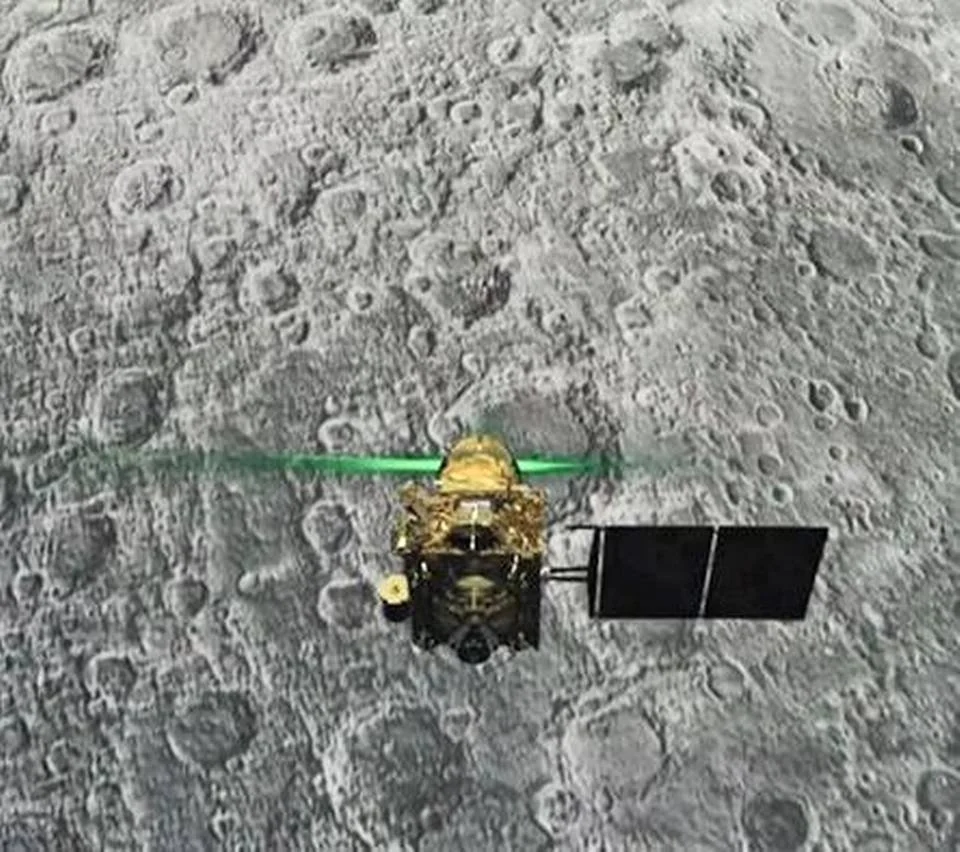Canada, the USA, China and United Kingdom are the largest foreign owners of Australian water. A new report, released by the Australian Tax Office (ATO), will show that foreign ownership of water increased by 0.3 per cent in the year to June 2022. It shows that Canada holds 2.1 per cent of all Australian water entitlements, the USA 1.8 per cent, with China and the United Kingdom each holding 0.8 per cent.
Canada's oil sands sector aims to release treated tailings water into river
Canada's oil sands mining industry on Thursday outlined proposals to release treated water from tailings ponds into northern Alberta's Athabasca River, a move environmental groups say risks damaging one of the world's largest freshwater deltas. Unlike other extractive industries in Canada, oil sands firms are not allowed to release treated tailings water.
News Release - Government guidelines across North America, Europe fail to protect lakes from salt pollution human activities, including de-icing in winter
The salinity of freshwater ecosystems caused by road de-icing salts, agriculture fertilizers, mining operations and climate change is increasing worldwide and current water quality guidelines don’t do enough to address the issue, an international study led by Queen’s University and The University of Toledo has found. The research, conducted in collaboration with dozens of scientists across North America and Europe, shows significant damage is being done to freshwater lakes by salt concentrations that are below ranges government regulators have deemed safe and protective of freshwater organisms.
Australia is putting a rover on the Moon in 2024 to search for water
The ten-kilogram rover, measuring 60x60x50cm, will be launched on board the Hakuto lander made by ispace, a lunar robotic exploration company based in Japan. The rover itself, also built by ispace, will have an integrated robotic arm created by the private companies Stardust Technologies (based in Canada) and Australia’s EXPLOR Space Technology. Using cameras and sensors, the arm will collect high-resolution visual and haptic data to be sent back to the mission control centre at the University of Technology Sydney. It will also collect information on the physical and chemical composition of lunar dust, soil and rocks - specifically with a goal of finding water. We know water is present within the Moon’s soil, but we have yet to find a way to extract it for practical use. The big push now is to identify regions on the Moon where water sources are more abundant, and which can deliver more usable water for human consumption, sample processing, mining operations and food growth.
How liquid salt could be the answer to oilsands tailings ponds
Wastewater from oilsands mining operations have long been a challenge for Canada's energy industry, much of it ending up in industrial tailings ponds. But scientists and engineers at the University of Calgary are taking aim at eliminating watery tailings from the oilsands production process with the help of specialized liquid salt. Hot water is used in oilsands mining operations to extract the oily bitumen from the sand, with the resulting wastewater ending up in tailings ponds to settle and later be reused. Alberta has an estimated 1.3 trillion litres of fluid tailings sitting in tailings ponds.






